The Probability of Chocolate is High
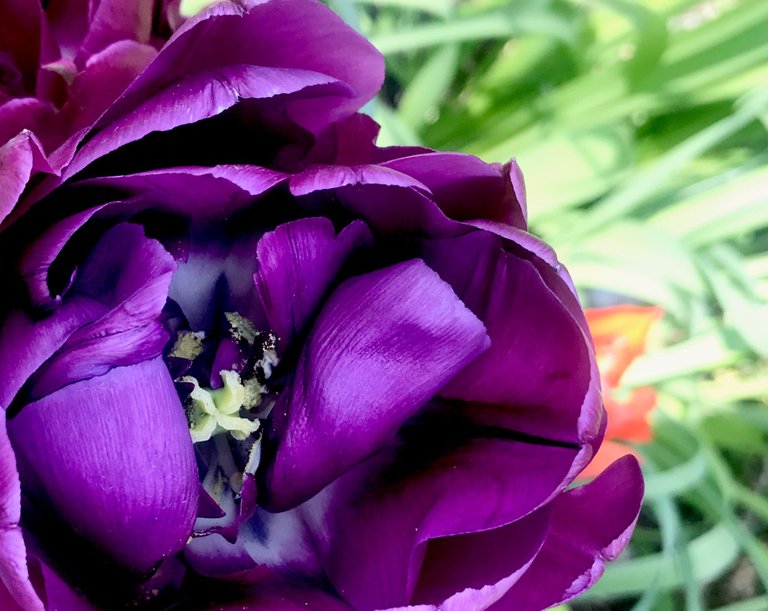
Most of our day was dedicated to our Data Analysis Project. The assignment was designed to compare and contrast experimental and theoretical probability. The instructions were to use MnM's or Skittles, or some such colorful candy. This is our last official Grade seven Math task. Finishing it off with a bag of crappy candy wasn't going to cut it. We went with Lindt truffle balls instead.
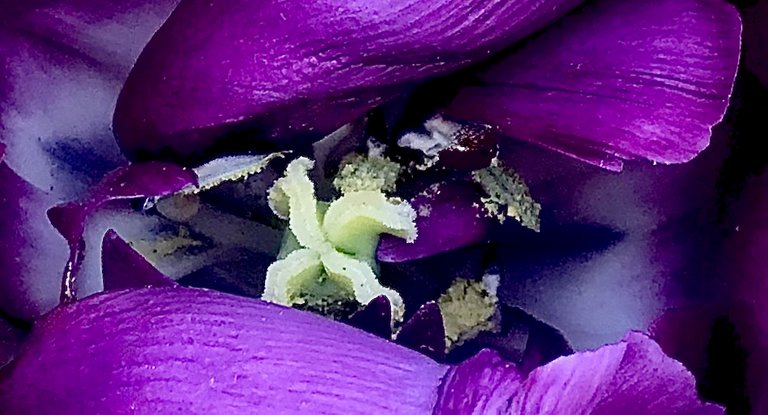
From our studies ...
Purpose: to first determine the theoretical probability for each color in a bowl of Lindt Balls and then run an experiment to compare the experimental probability of pulling out each colour to its theoretical probability.
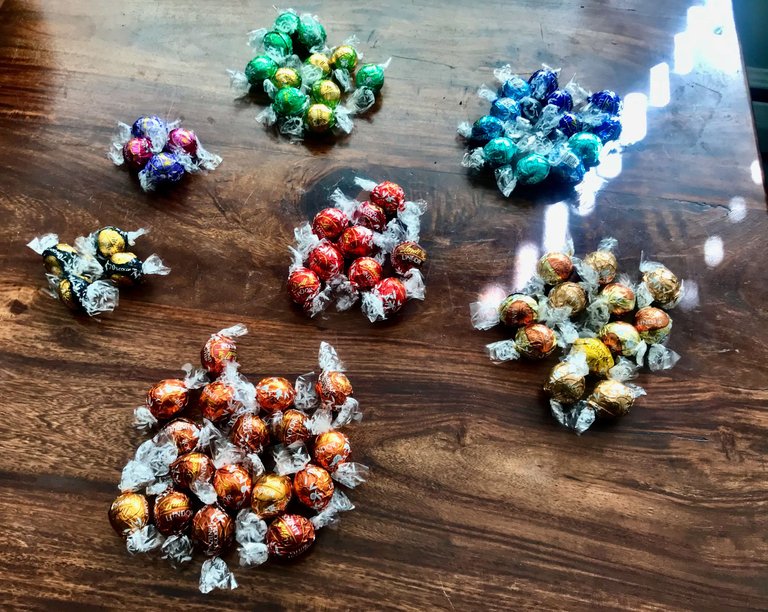
Method
- Sort a bag of Lindt Balls into individual colours
- Count and record how many colours in each category
- Place balls in bowl and mix well.
- Set aside for later
- Add up all the balls to find total number of balls
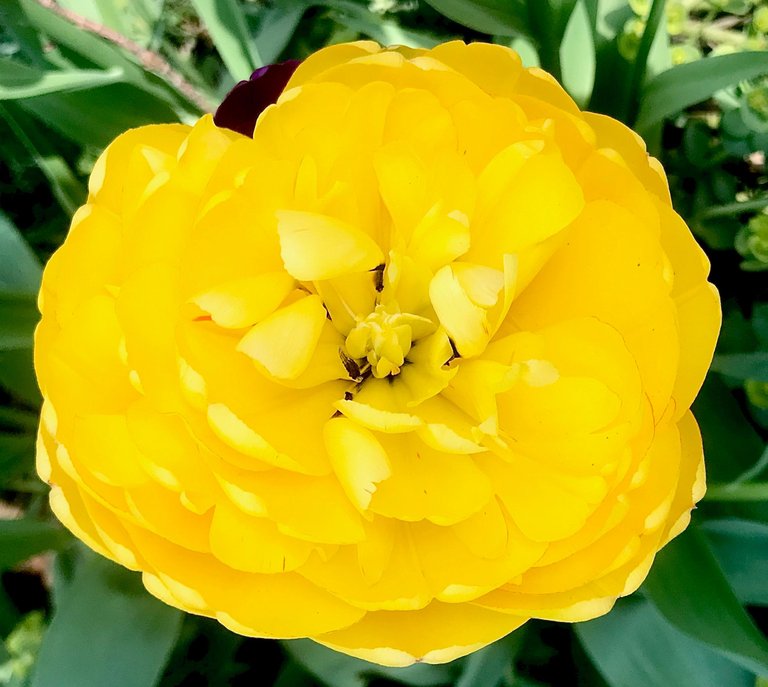
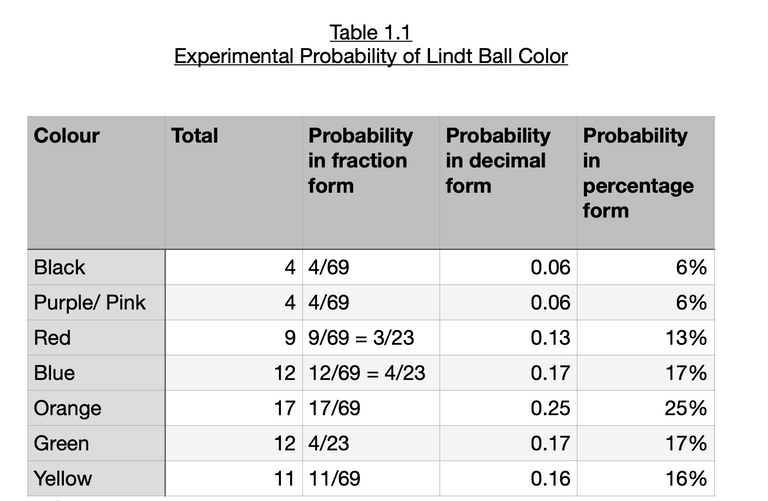
Calculations
Total number of balls = 4 + 4 + 9 + 12 + 17 + 12 + 11 = 8 + 20 + 12 + 17 + 12 = 20 + 20 + 29 = 69
Medium, Mode, and Mean of Numbers * Medium
4, 4, 9, 12,12, 17
9 + 12 = 21/2 = 10.5 = 11
2
Mode
4 and 12 (bimodal)
Mean
69/7 = 9.86 = 10
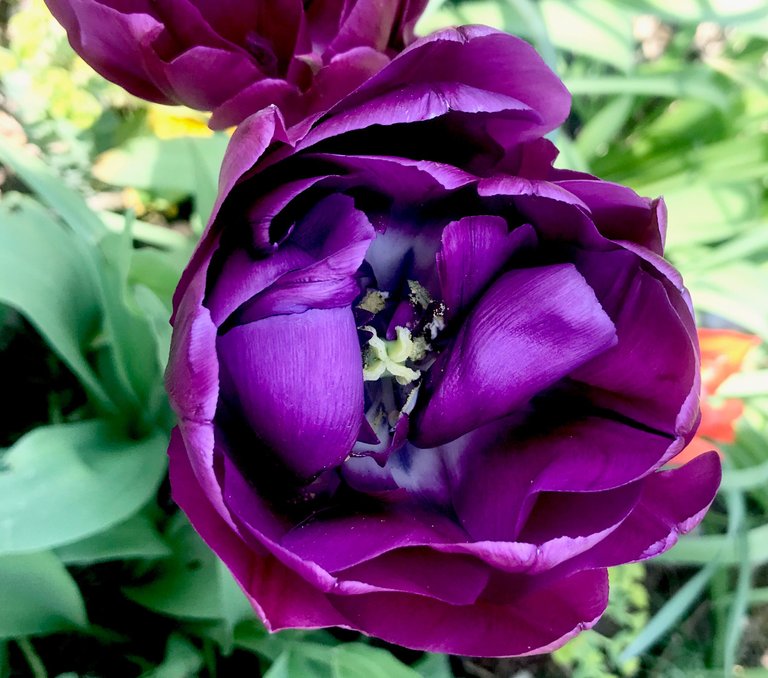
Conclusions on Theoretical Probability
Looking at the Table 1.1, we can see that orange Lindt balls are most common, at 25 percent of the total. Black and purple/pink are least common, both at 6 percent of the total. There are 2 modes. Black and purple/pink each represent a mode of 6 percent of the total. Blue and green balls represent a mode of 17 percent. Our data was bimodal. I was most likely to get around 10 of each colour as represented by the mean. Median was 11.
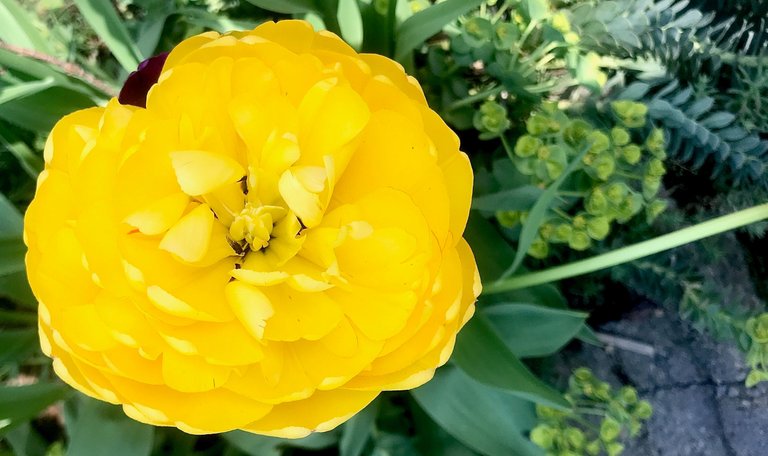
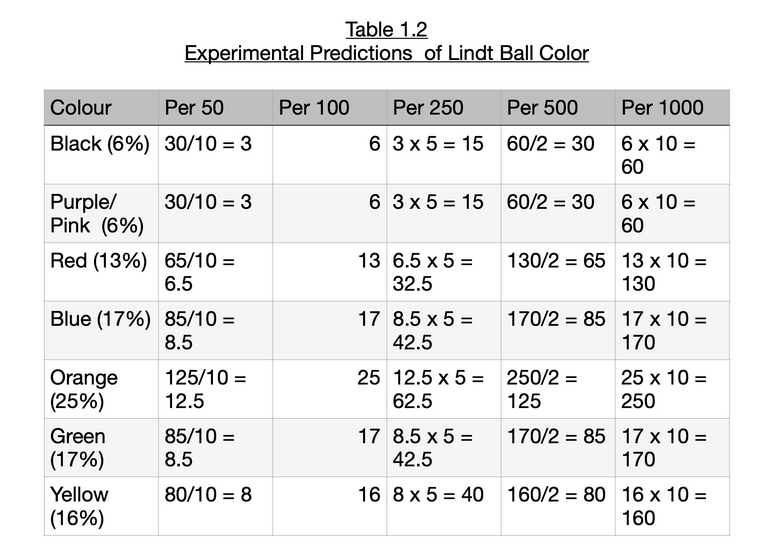
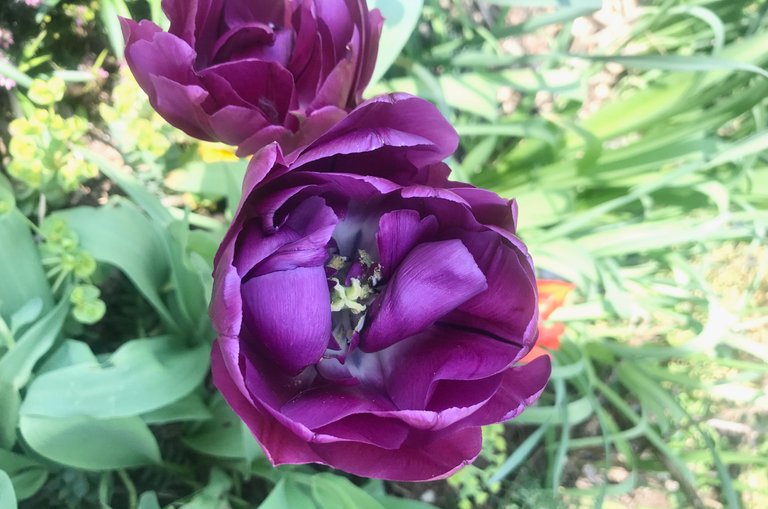
Section Two: Experimental Probability
Method
Obtain the bowl of Lindt balls made in section one
To avoid bias, put on a blindfold
Randomly pull out one chocolate
Remove blindfold
Record the ball colour in the tally table below
Replace the chocolate back in the bowl
Remix Chocolates
Repeat steps 2-8 fifty times.
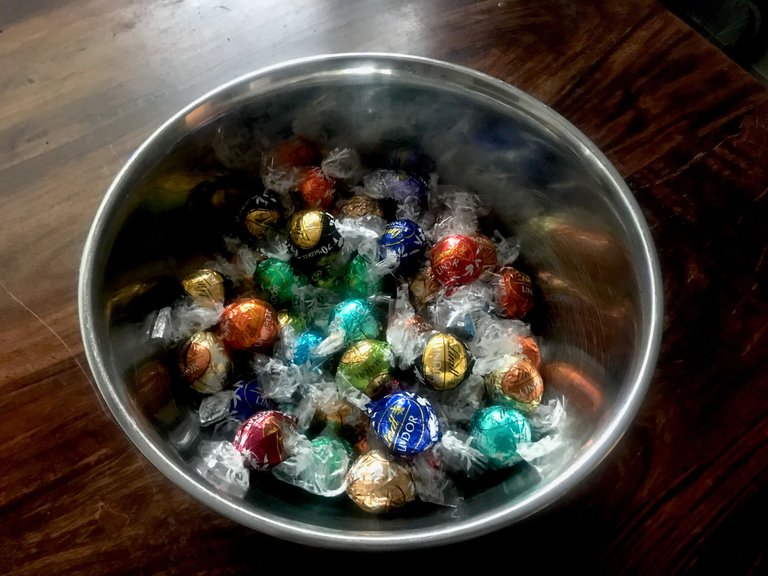
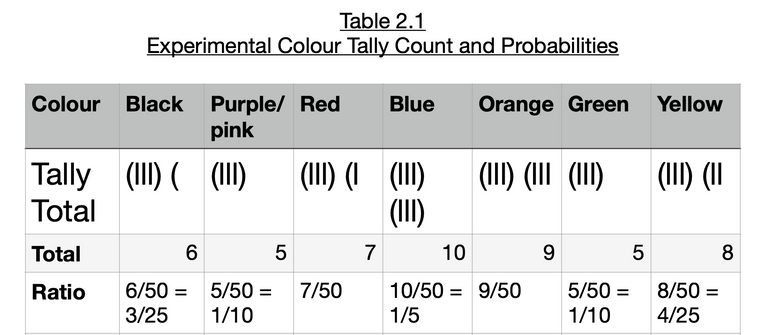
(lll) = 5 tallies
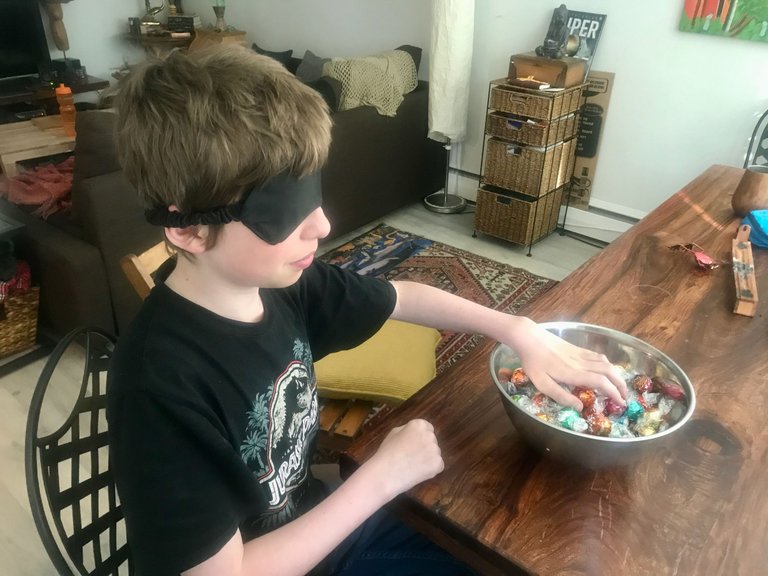

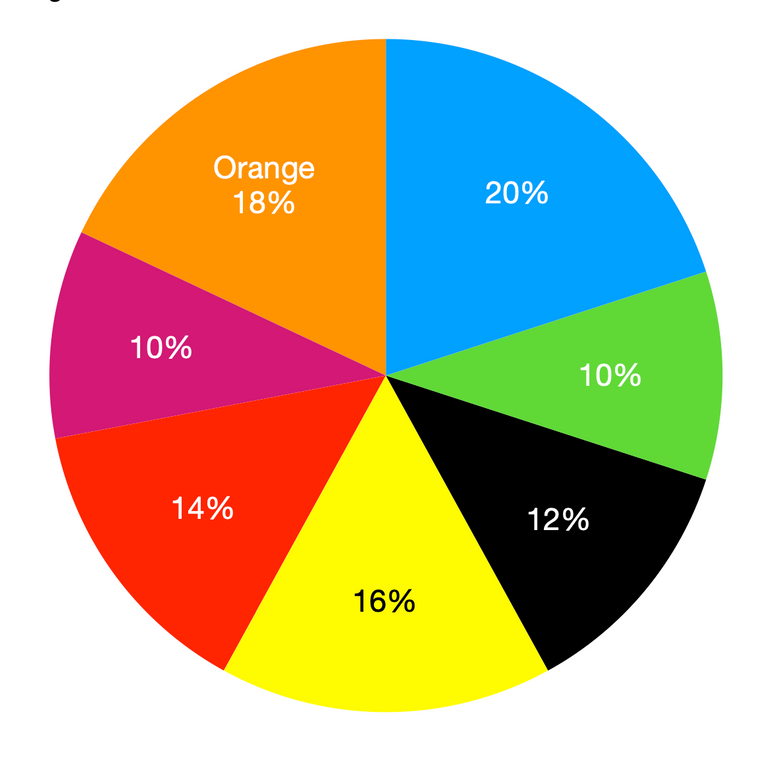
Section Three: Findings
I compared my experimental and theoretical probabilIties. Theoretically, orange should have been the most common Lindt Ball chosen at random, at 25 percent. However, experimentally, I found that blue, at 20 percent, was the most common colour chosen. Black and purple/pink should have been the least common colours chosen. Purple/pink was indeed chosen at the lowest frequency, 10 percent, but surprisingly green was also the least commonly chosen, also at 10 percent. Theoretically, green should have been chosen at around 17 percent. Yellow had the same experimental and theoretical probability at 16 percent.

The experimental and theoretical probability for red was close at 14 percent and 13 percent, respectively. Black had a experimental probability, 12 percent, twice its theoretical probability of 6 percent. Orange’s experimental probability, 18 percent , was lower then its theoretical probability by 7 percent. Perhaps if I had run the experiment a hundred times, I would have found that experimental and theoretical probabilities would have come closer to merging. For comparison, I have added a pie chart for the theoretical probabilities.

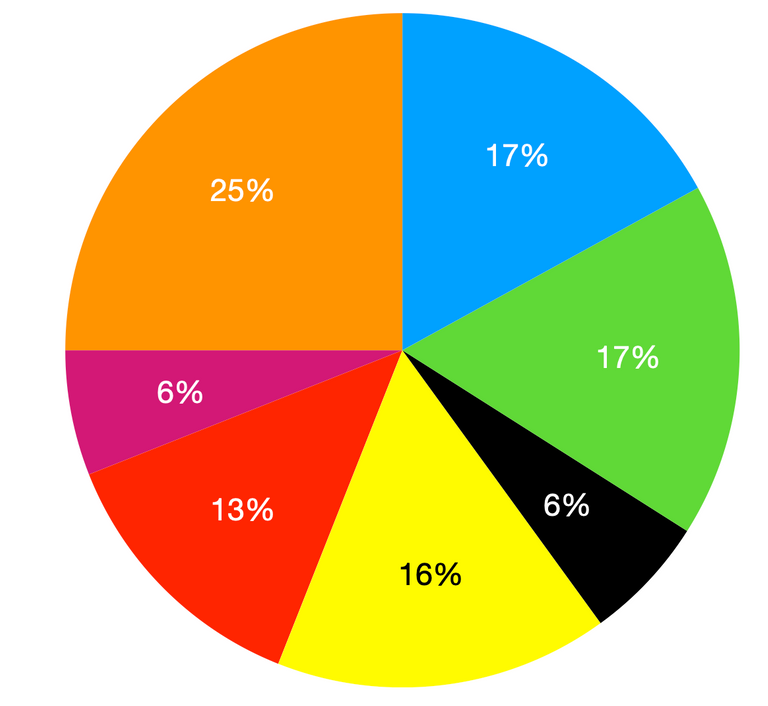
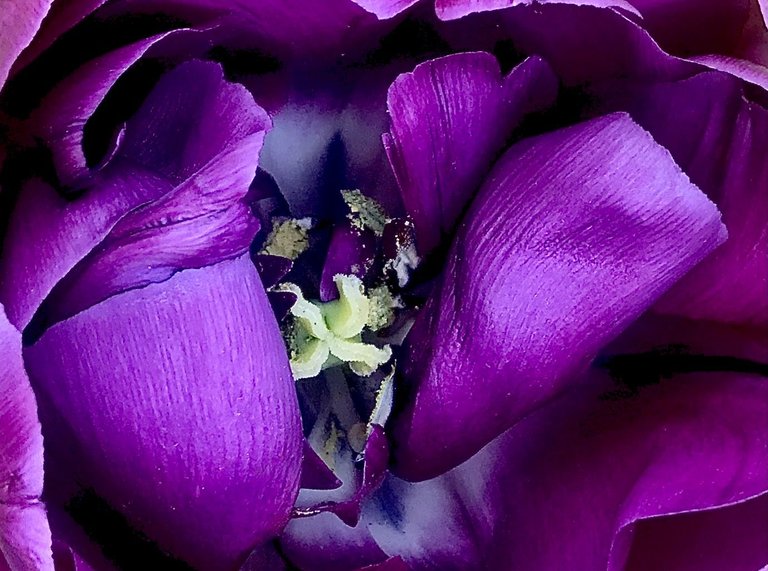

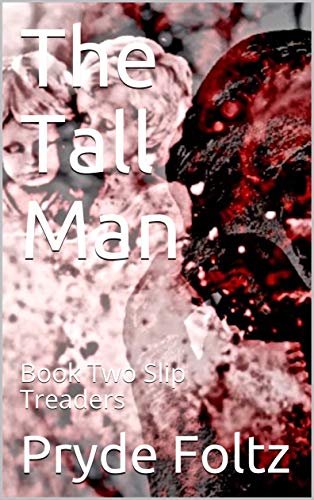

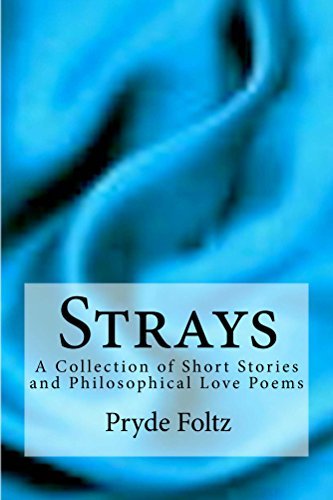
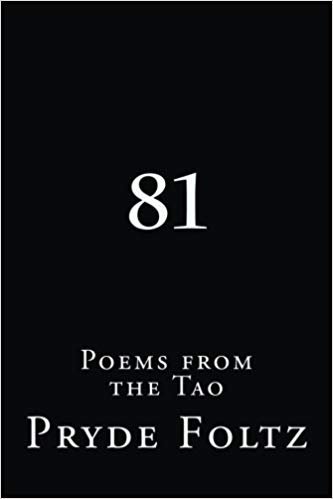
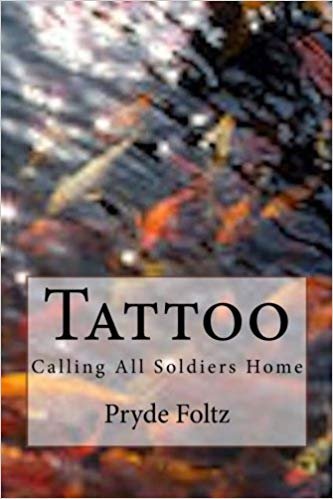

Hello there!
Your post would have been also perfect in the community of Homeedders, a community focused on homeschooling and home education activities.
Feel free to take a look someday, I'm sure you can contribute with your homeschooling posts like this, if you'd like it too. Also, you can meet other parents who are educating their kids at home, interact and exchange experiences and thoughts.
Have a nice day!
What are the purple flowers called? You took their macro shots very nicely. I would love to grow them if they can tolerate very high temperatures during summers.
Thank you ... it is just a tulip.
Ok. Tulips are cold loving annuals and we can grow them only for two months. But I have geraniums in my garden and yesterday uploaded some gorgeous pictures of it along with its caring Instructions. I would love to hear your feedback about that post.
Stay tuned..
I did peak into your post. The geraniums were lovely. They are such a bright and hearty flower. They brighten up any home or village:)
Yes and their sweet fragrance is so relaxing.
I like these candies and I would not refuse to equalize the percentage for you, all colors would have 6% 😂
Haha ... or maybe even a few more dark chocolates?
Thank you:)
I won’t refuse, but then it will need to be leveled again 😂
Are not you afraid that your plate will be empty? 🤣
Nevah!!!
😉
Chocolates are the one thing that every human being likes to eat, and if a person is a sugar addict, he also likes it a lot. Purple colour flowers is my favorite. Its looks so beautiful. Thanks for sharing.
I think, yes, just about every human enjoys chocolate. But I actually do NOT like chocolates that are too high in sugar. I find sugar cloying ... it blocks the flavours of everything else. I like Lindt because they emphasize the cocoa butter content over sugar. But certainly when I was younger, I was like everyone else, a sugar fiend:)
An excellent demonstration of statistics. I am sure I would have been far more excited by maths if they had been accompanied by delicious chocolates!
Thanks!
Curated by @missdeli on behalf of @HomeEdders.
Supporting home education and educational content. If you're a home educator, home educated or are thinking about home education, find out what we're about HERE.
You can join the community by clicking the subscribe button on Hive or Peakd.
please feel free to join us on discord.
Wow, the write-up and practical approach to solving questions on probability is awesome.
This is amazing and I have learned certain approaches or methods to solving questions on probability, thanks for sharing this.